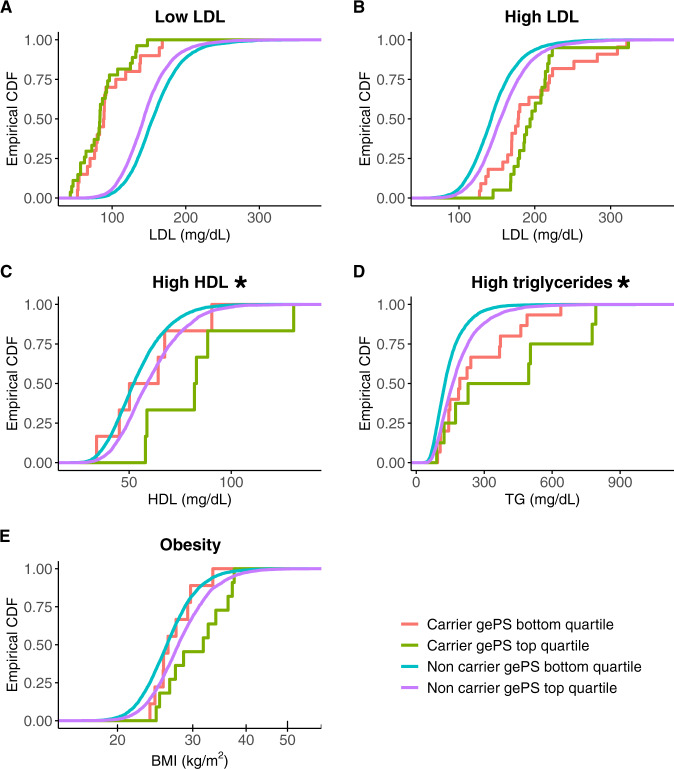Fig. 5. The combination of clinically significant monogenic variants and corresponding polygenic scores significantly improves prediction for high HDL cholesterol and high triglyceride conditions.
In all plots, an empirical cumulative distribution function (CDF) of each phenotype is shown for clinically significant variant carriers and non-carriers in the UKB for each monogenic condition stratified by bottom/top quartiles of the corresponding gePS. The monogenic conditions are (A) low LDL cholesterol (APOB, PCSK9), (B) high LDL cholesterol (LDLR, APOB), (C) high HDL cholesterol (CETP), (D) high triglycerides (APOA5, LPL), and (E) monogenic obesity (MC4R). The same gePS calculated for risk of increasing LDL cholesterol levels was used for (A and B), however, the inverse of the gePS was used for (A) to illustrate that higher gePS indicates risk of lower LDL cholesterol. The impact of higher gePS was testing in carrier-only linear regression analysis; asterisks indicate two-sided P < 0.05 unadjusted for multiple testing (High HDL P = 0.012, High Triglycerides P = 0.014). See also Supplementary Table 5.

